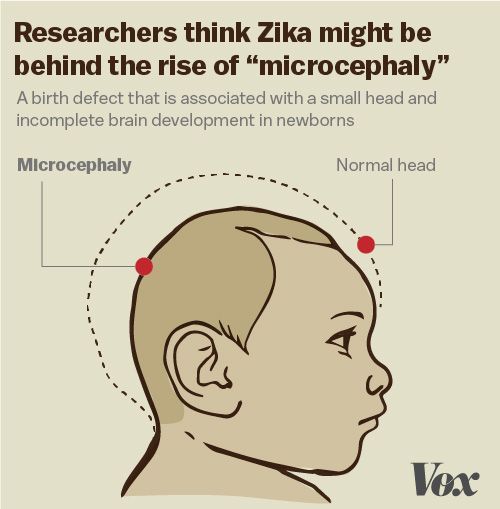Zika Virus Update

February 19, 2016
Local transmission of the Zika virus has been reported in many countries. The most common symptoms of Zika are fever, rash, joint pain or conjunctivitis- red eyes. In most cases, the virus is mild and people do not get ill enough to seek medical attention. Only one in five people who have the virus become ill.
The Zika virus can be spread through travelers who bring the infection back with them as well as sexual contact. It is carried mainly by mosquitoes and humans.
Not only is the virus communicable, but it can be found in a woman’s amniotic fluid. There were two recent cases of women with Zika-like symptoms during their pregnancies.
Sarah Merza, senior at WHHS exclaimed, “As an athlete, I worry about the Zika virus and it’s crazy how newborn babies can be affected by it now!”
Scientists have also investigated whether the virus is linked to the rise of microcephaly- babies with abnormally small heads, as well as problems with brain development. The research involved two women with fever, rash and muscle aches during their pregnancies. Ultrasound scans showed that their babies had microcephaly. Scientists ran further tests, like taking samples of their amniotic fluid.
Dr.Ana de Filippis, scientist from the Oswaldo Cruz Institute said, “This study reports details of the Zika virus being identified directly in the amniotic fluid of a woman during her pregnancy, suggesting the virus could cross the placental barrier and potentially infect the foetus.”
There are no vaccines or medications to protect against the Zika virus, however, Rubella vaccination is now mandatory for children and is recommended for adults. The Rubella vaccination helps prevent miscarriages in pregnant women, and heart problems, blindness and hearing loss in babies. Mosquito control can also help prevent the issue, through the use of insect repellents and cutting down on mosquito breeding.





